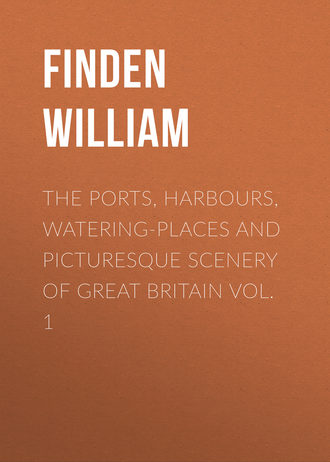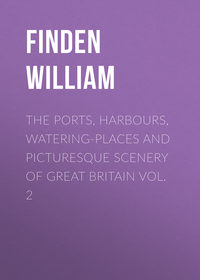The Ports, Harbours, Watering-places and Picturesque Scenery of Great Britain Vol. 1
 полная версия
полная версияThe Ports, Harbours, Watering-places and Picturesque Scenery of Great Britain Vol. 1
Язык: Английский
Год издания: 2017
Добавлена:
Настройки чтения
Размер шрифта
Высота строк
Поля


